Yungang Grottoes: Marvellous Example Of Ancient Buddhist Rock-Cut Architecture
A. Sutherland - AncientPages.com - Yungang Grottoes is a stone carving treasure that is renowned all around the world.
Richly decorated grottoes, known as Wuzhoushan Grottoes in ancient times, are located on the southern foot of the Wuzhou Mountains, in the Shi Li River valley, 16 km west of Datong City.
There are 45 main caves, 252 niches (for a statue of Buddha) of different sizes and more than 50,000 stone statues (completed in sixty years) in which the largest one is as high as 17 meters while the small ones are only several centimeters in height.
The site stretches about 1 kilometer from east to west.
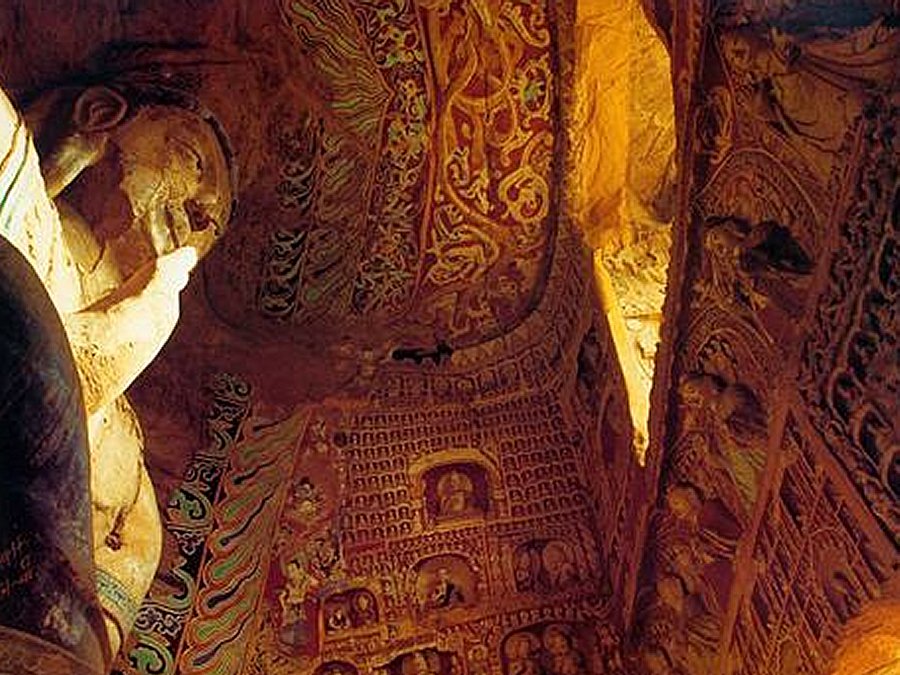
Three main periods can be identified in the construction: the Early Period (460-65), the Middle Period (c . 471-94) and the Late Period (494-525). Apart from the grottoes, the nominated core area includes the remains of a castle, a defence wall, and a beacon tower of the Ming dynasty on the plain above the grottoes. Credits: Cultural China
The ancient Chinese Buddhist temple grottoes that are excellent examples of rock-cut architecture, representing the outstanding Buddhist grotto arts of ancient China in the 5th to 6th century.
Yungang Grottoes were firstly cut in 453A.D. Although the statue making project lasted to 525A.D. most of the stone carvings in the grottoes were completed in 494A.D. Some 40,000 people, including the Buddhists from what is present Sri Lanka, contributed to the huge project.
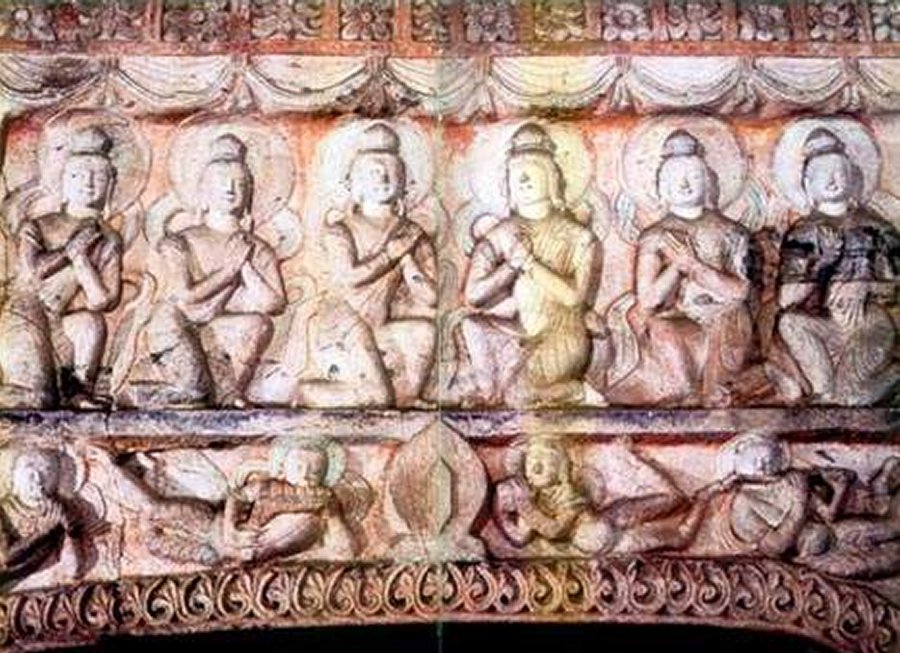
The arrangement and decoration of the grottoes predominantly demonstrates the style of Chinese buildings. In addition, the dance with accompaniment, Baixi (recreational activities of the masses) and acrobatics carvings left in the grottoes all reflect the characters of the ideas of Buddhism in different dynasties and the social life in these times.
According to the time of cutting, these grottoes can be divided into the early, middle and late stages.
The early statues are characterized by vigorous and unsophisticated customs of the Western Region while the grottoes of the middle stage are delicate and luxurious, showing complicated and changing artistic styles.
The move of the Northern Wei capital to Datong in 494 ended the intense period of construction and carving. There was some restoration during the Sui and Tang dynasties, and important repairs were carried out in the 11th and 12th centuries under the Liang Dynasty and later under the Qin.
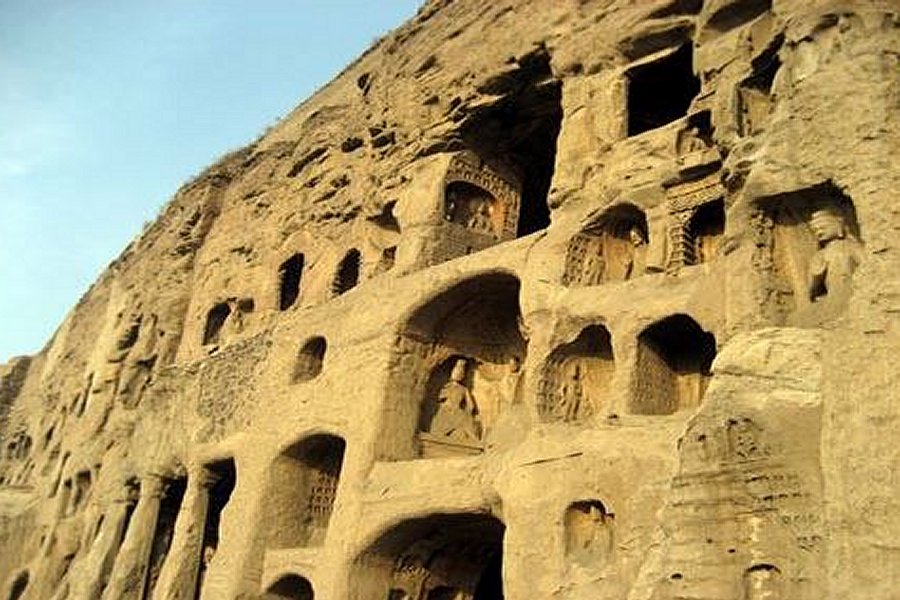
Carved out of a sandstone mountain these caves contain more than 50,000 Buddha sculptures with the oldest and the largest constructed in 460 AD. Credits: Cultural China
These restorations continue today. Much of its history lies shrouded in mystery. The cave sites have only few inscriptions.
The complex consists of large caves, including four groups of twin caves and one group of triple caves with the walls in the east, west and south sides, fully decorated with the statues of Buddha, even the roof is decorated with dancing fairies, centered with a lotus, which are very stately and graceful in appearance.
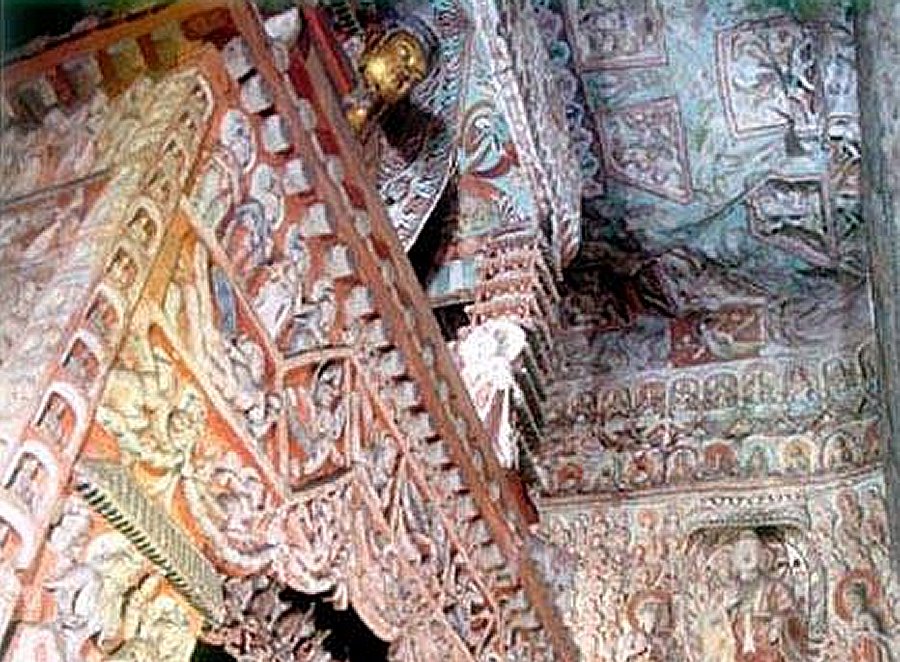
Yungang Grottoes, known as Wuzhoushan Grottoes. In 2001, the Yungang Grottoes were made a UNESCO World Heritage Site. Credits: Cultural China
The Chinese palace building carvings and the Chinese style niche evolved on this foundation were all widely used in the construction of grotto temples in later times.
Although the scale of the grottoes of the late stage was reduced, the proportion of characters was appropriate.
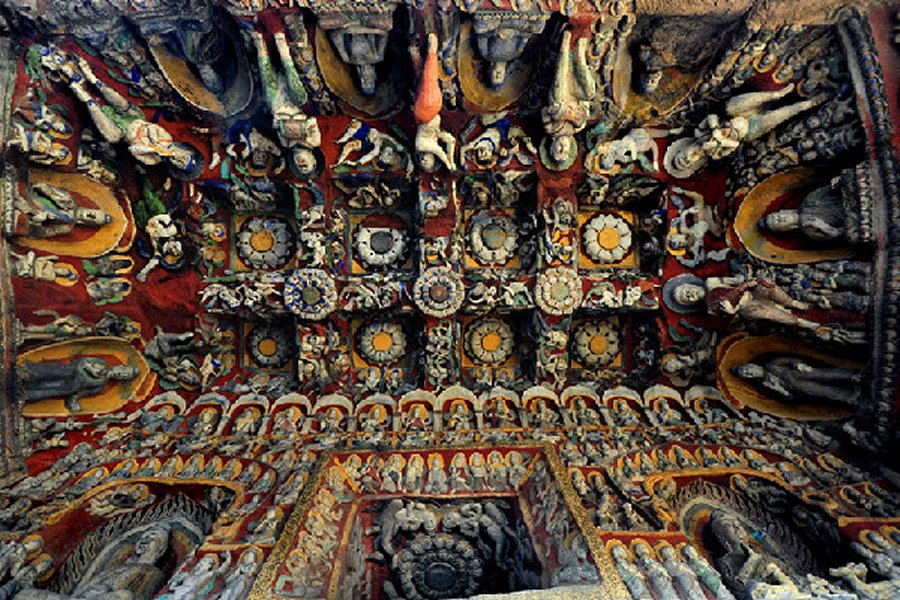
The Yungang Grottoes, in Datong city, Shanxi Province, with their 252 caves and 51,000 statues, represent the outstanding achievement of Buddhist cave art in China in the 5th and 6th centuries.
Credits: China Daily
The arrangement and decoration of the grottoes predominantly demonstrates the style of Chinese buildings.
In addition, the dance with accompaniment, Baixi (recreational activities of the masses) and acrobatics carvings left in the grottoes all reflect the characters of the ideas of Buddhism in different dynasties and the social life in these times.
The whole grotto complex is magnificent with delicate carvings. All the statues are precious and vivid, representing the development of art, architecture, music and religion at that time.
Yungang is a relic of the Northern Wei Dynasty (386-534) of the nomadic Toba people. They recruited 3,000 monks from along the Silk Route to turn Buddhism into their state religion.
In 2001, the Yungang Grottoes were made a UNESCO World Heritage Site.
Copyright © AncientPages.com All rights reserved. This material may not be published, broadcast, rewritten or redistributed in whole or part without the express written permission of AncientPages.com
Expand for references
More From Ancient Pages
-
 Unusual Skeletons And Mysterious Ancient Artifacts Covered With Unknown Characters Discovered In West Virginia By Archaeologists
Featured Stories | Feb 22, 2024
Unusual Skeletons And Mysterious Ancient Artifacts Covered With Unknown Characters Discovered In West Virginia By Archaeologists
Featured Stories | Feb 22, 2024 -
 Fenrir: Oldest Of Three Monstrous Children Of God Loki In Norse Mythology
Featured Stories | Mar 28, 2018
Fenrir: Oldest Of Three Monstrous Children Of God Loki In Norse Mythology
Featured Stories | Mar 28, 2018 -
 Has A Herculaneum Scroll Solved The Mystery Of Plato’s Death?
Linguistic Discoveries | May 8, 2024
Has A Herculaneum Scroll Solved The Mystery Of Plato’s Death?
Linguistic Discoveries | May 8, 2024 -
 3,500-Year-Old Egyptian Tomb Of Guardian Of Pharaoh’s Secret Archive Discovered In Saqqara
Archaeology | May 7, 2022
3,500-Year-Old Egyptian Tomb Of Guardian Of Pharaoh’s Secret Archive Discovered In Saqqara
Archaeology | May 7, 2022 -
 Antediluvian Artifact Discovered In Egyptian Tomb May Solve The Great Pyramid Mystery?
Ancient Mysteries | May 3, 2018
Antediluvian Artifact Discovered In Egyptian Tomb May Solve The Great Pyramid Mystery?
Ancient Mysteries | May 3, 2018 -
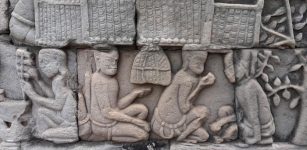 What Can The Fate Of Ancient Cities Teach Us About Surviving Climate Change
Archaeology | Oct 1, 2021
What Can The Fate Of Ancient Cities Teach Us About Surviving Climate Change
Archaeology | Oct 1, 2021 -
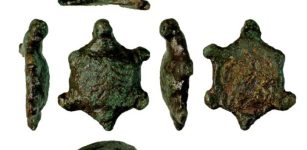 Roman Copper-Alloy Tortoise Figurine Discovered In Suffolk, UK
Archaeology | Dec 4, 2023
Roman Copper-Alloy Tortoise Figurine Discovered In Suffolk, UK
Archaeology | Dec 4, 2023 -
 Whose Ancient Burials Are Hidden Inside The Vatican City’s Walls?
Archaeology | Mar 11, 2021
Whose Ancient Burials Are Hidden Inside The Vatican City’s Walls?
Archaeology | Mar 11, 2021 -
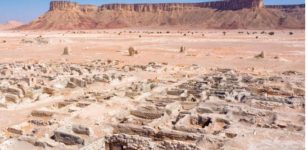 Unknown 8,000-Year-Old Human Settlement With A Rock-Cut Temple, Altar And Inscriptions Discovered In Al-Faw, Saudi Arabia
Archaeology | Aug 3, 2022
Unknown 8,000-Year-Old Human Settlement With A Rock-Cut Temple, Altar And Inscriptions Discovered In Al-Faw, Saudi Arabia
Archaeology | Aug 3, 2022 -
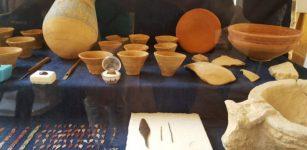 New Discoveries In the Valley Of The Monkeys In Luxor, Egypt
Archaeology | Oct 11, 2019
New Discoveries In the Valley Of The Monkeys In Luxor, Egypt
Archaeology | Oct 11, 2019 -
 On This Day In History: National Foundation Day Celebrated In Japan – On Feb 11, 660 AD
News | Feb 11, 2017
On This Day In History: National Foundation Day Celebrated In Japan – On Feb 11, 660 AD
News | Feb 11, 2017 -
 Amazing Restoration Of Ancient Roman Vineyard Buried Underneath The Ash Of Mount Vesuvius For 2,000 Years
Archaeology | Nov 27, 2020
Amazing Restoration Of Ancient Roman Vineyard Buried Underneath The Ash Of Mount Vesuvius For 2,000 Years
Archaeology | Nov 27, 2020 -
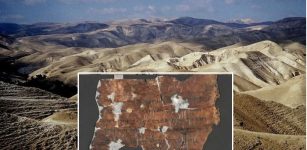 Intriguing Ancient ‘Horoscope’ Scroll Found In The Judean Desert
Artifacts | Apr 2, 2024
Intriguing Ancient ‘Horoscope’ Scroll Found In The Judean Desert
Artifacts | Apr 2, 2024 -
 Huge Folklore Map With Supernatural Beings And Mythical Monsters Created – Available For Free Online
Folklore | Jan 7, 2025
Huge Folklore Map With Supernatural Beings And Mythical Monsters Created – Available For Free Online
Folklore | Jan 7, 2025 -
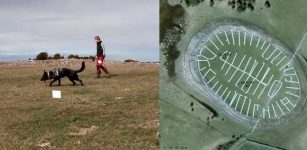 Fabel: World’s First Archaeology Dog Helps To Unravel The Mystery Of Sandby Borg
Archaeology | May 10, 2016
Fabel: World’s First Archaeology Dog Helps To Unravel The Mystery Of Sandby Borg
Archaeology | May 10, 2016 -
 Long-Lost Home Of Harold, The Last Anglo-Saxon King Of England Found On Depicted On The Bayeux Tapestry
Archaeology | Jan 28, 2025
Long-Lost Home Of Harold, The Last Anglo-Saxon King Of England Found On Depicted On The Bayeux Tapestry
Archaeology | Jan 28, 2025 -
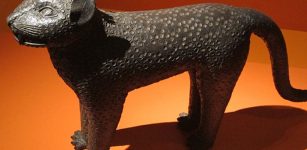 Leopards In Italy? Oh My! New Findings Show That The Landscape Of Italy Was Once A Very Different Place
Featured Stories | Mar 20, 2017
Leopards In Italy? Oh My! New Findings Show That The Landscape Of Italy Was Once A Very Different Place
Featured Stories | Mar 20, 2017 -
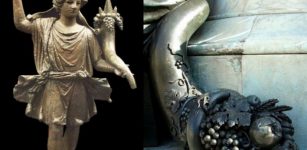 Cornucopia – ‘Horn Of Plenty’ – Ancient Symbol And Its Almost Forgotten Meaning
Ancient Symbols | Jan 14, 2019
Cornucopia – ‘Horn Of Plenty’ – Ancient Symbol And Its Almost Forgotten Meaning
Ancient Symbols | Jan 14, 2019 -
 Ancient Inscriptions Of Babylonian King Nabonidus Discovered In Saudi Arabia
Archaeology | Jul 14, 2021
Ancient Inscriptions Of Babylonian King Nabonidus Discovered In Saudi Arabia
Archaeology | Jul 14, 2021 -
 Secrets Of The Lost Tomb X – Enigmatic Boxes And Unusual Samples – Part 2
Ancient Mysteries | Apr 12, 2019
Secrets Of The Lost Tomb X – Enigmatic Boxes And Unusual Samples – Part 2
Ancient Mysteries | Apr 12, 2019
